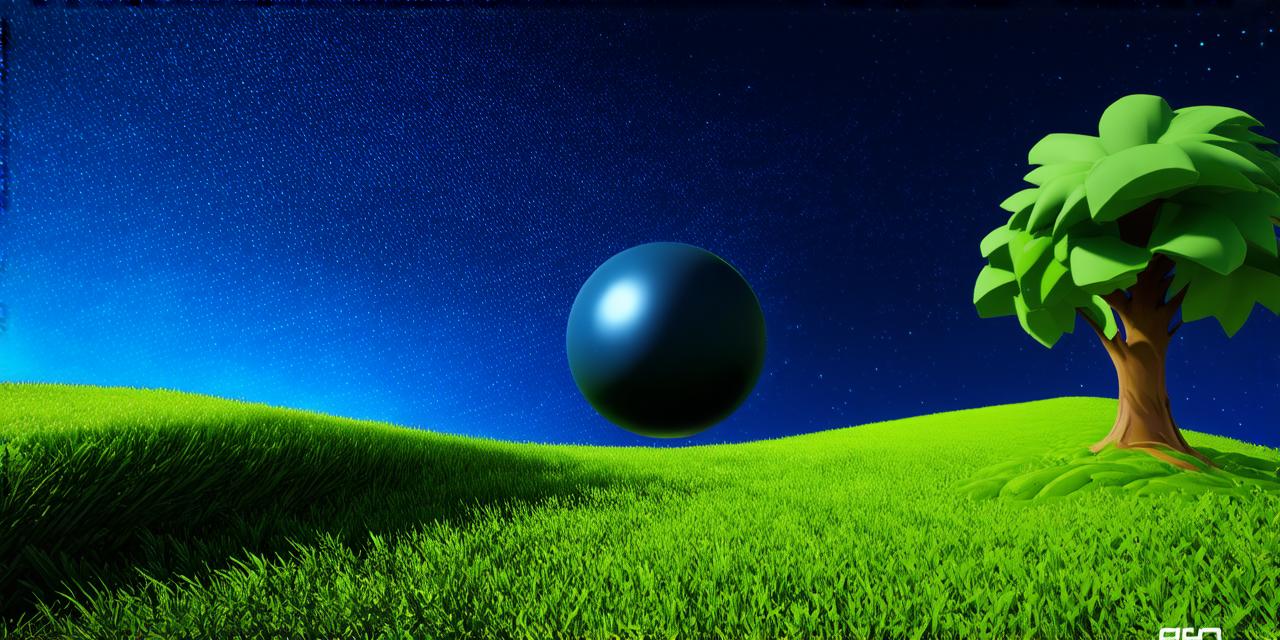Are you interested in creating a 3D rolling ball game using Unity WebGL? If so, you’ve come to the right place. In this step-by-step guide, we will take you through the process of creating a fun and engaging rolling ball game in Unity WebGL. We will cover everything from setting up your environment to adding physics to your game.
Step 1: Setting Up Your Environment
The first step in creating any game is setting up your environment. In our case, we will be creating a simple 3D environment for our rolling ball game. We will start by creating a new project in Unity and selecting the WebGL template. This will give us the basic tools we need to create our game.
Once you have set up your project, you can begin building out your environment. This may include adding terrain, objects, and other elements that will make up the world of your game. It’s important to keep in mind that your environment should be visually appealing and provide a good backdrop for your rolling ball game.
Step 2: Adding Physics to Your Game
Now that we have our environment set up, it’s time to add physics to our game. In Unity WebGL, you can use the built-in physics engine or third-party plugins like Ammo.js or Box2D to add physics to your game.
For this tutorial, we will be using the built-in physics engine in Unity. To add physics to your game, you will need to create a new Physics Material and assign it to your rolling ball object. This will give your ball the properties it needs to roll realistically.
Once you have added your material, you can create a new Rigidbody component for your ball and set its properties. For example, you may want to adjust the mass of your ball to make it roll faster or slower. You can also adjust the gravity of your environment to give your ball the appropriate amount of bounce when it hits the ground.
Step 3: Adding Animation to Your Game
Animation is an important aspect of any game, and our rolling ball game is no exception. In Unity WebGL, you can use animations to make your ball roll smoothly and add visual interest to your game.

To add animation to your game, you will need to create a new Animation clip for your ball and assign it to the appropriate animator component in your game. You can then create keyframes for your animation, such as changing the position of your ball or rotating it on its axis.
It’s important to keep in mind that your animations should be smooth and seamless, and that they should match up with your physics simulation. For example, if your ball is rolling down a slope, you will want to make sure that your animation reflects this movement.
Step 4: Adding Sound to Your Game
Sound is another important aspect of any game, and it can greatly enhance the overall experience for your players. In Unity WebGL, you can use audio clips to add sound effects to your game.
To add sound to your game, you will need to create new audio files for each sound effect you want to use. You can then import these audio files into Unity and assign them to the appropriate Audio Source component in your game.
For example, you may want to use a sound effect for when your ball collides with an object or when it rolls off a ledge. Whatever sounds you choose, be sure to keep them short and sweet and that they add to the overall experience of your game.
Step 5: Adding User Interface (UI) to Your Game
Finally, it’s time to add user interface (UI) to your game. UI is important for providing feedback to the player and allowing them to interact with your game.
